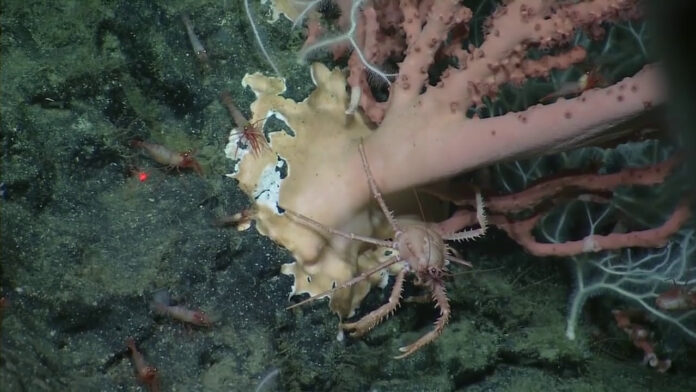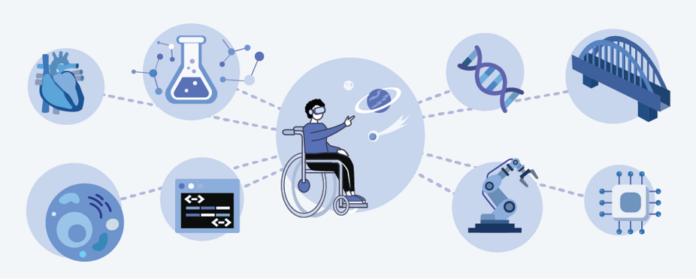Coral reefs are known for their vibrant colors, diverse marine life, and important role in our ecosystem. They cover less than 1% of the ocean floor, but support approximately 25% of all marine species. However, in recent years, coral reefs around the world have been experiencing a phenomenon known as bleaching. This process has detrimental effects on the health and survival of coral reefs, leading to concerns about the future of these fragile ecosystems. In this blog post, we will explore what coral reef bleaching is, its causes, the impact on marine life, and global efforts to address this issue.
What is Coral Reef Bleaching?
Coral reef bleaching is a process where corals lose their vibrant color and turn white or pale due to the loss of algae living within their tissues. This algae, known as zooxanthellae, provides corals with essential nutrients through photosynthesis. Without the presence of zooxanthellae, corals are at risk of starvation and death.
Bleaching occurs when corals are stressed by changes in their environment, such as changes in water temperature, light exposure, or pollution. When corals are stressed, they expel the zooxanthellae from their tissues, resulting in the bleached appearance. While some corals may recover from bleaching if conditions return to normal, prolonged stress can lead to the death of the coral colonies.
Bleaching does not only affect corals, but it also has a ripple effect on the entire coral reef ecosystem. As corals provide vital habitats and food sources for many marine species, the loss of coral reefs can have devastating consequences for the entire ocean food chain.
Causes of Coral Reef Bleaching

There are several factors that can cause coral reef bleaching. The most significant contributor is the rise in ocean temperature due to climate change. As the Earth’s temperature increases, so does the temperature of the ocean water. This rise in temperature can be enough to stress corals and trigger bleaching.
In addition to rising temperatures, other environmental factors can also lead to coral reef bleaching. Changes in light exposure, such as increased UV radiation or changes in water clarity, can affect the health of corals. Pollution from chemicals, sewage, and agricultural runoff can also harm corals and make them more susceptible to bleaching.
Human activities, such as overfishing and destructive fishing practices, can also contribute to coral reef bleaching. Removing large numbers of herbivorous fish, which feed on algae that compete with corals for space, can lead to an increase in algae growth. Excessive algae growth can block sunlight and prevent corals from receiving the necessary nutrients from zooxanthellae, leading to bleaching.
Impact on Marine Life

Coral reef bleaching not only affects the health of corals, but it also has a significant impact on the entire ecosystem. Corals provide critical habitats and food sources for a variety of marine species. When corals die, these species lose their homes and food sources, disrupting the delicate balance of the ecosystem.
The loss of coral reefs also affects the coastal communities that rely on them for food, income, and protection from storms. Coral reefs act as natural barriers, reducing the impacts of waves and storms on shorelines. Without these protective barriers, coastal communities are at a higher risk of erosion and flooding.
Furthermore, the loss of coral reefs has economic consequences, particularly for countries whose economies heavily rely on tourism and fisheries. The Great Barrier Reef, one of the world’s largest coral reef systems, contributes approximately $5.7 billion per year to Australia’s economy through tourism and fisheries. The loss of coral reefs could have devastating effects on the livelihoods of those dependent on these industries.
Global Efforts to Address Coral Reef Bleaching
As the threat of coral reef bleaching continues to grow, there have been global efforts to address this issue. The International Coral Reef Initiative (ICRI) was established in 1994 to unite governments and organizations to safeguard and manage coral reefs worldwide. ICRI’s goals include reducing the threats to coral reefs, increasing public awareness about their importance, and promoting international cooperation and funding for their conservation.
In recent years, there has also been a push for more sustainable fishing practices and marine protected areas to help protect coral reefs. Sustainable fishing practices aim to reduce overfishing and minimize the impacts of fishing on coral reefs. Marine protected areas are designated areas where activities such as fishing, tourism, and development are restricted or prohibited to allow ecosystems to recover and thrive.
Furthermore, addressing the root cause of coral reef bleaching – climate change – is crucial in saving these delicate ecosystems. Countries around the world have committed to reducing their carbon emissions to limit the rise in global temperatures. Additionally, some organizations are working to restore damaged coral reefs through methods such as coral transplantation and artificial reef structures.
While these efforts are steps in the right direction, more needs to be done to address coral reef bleaching and its underlying causes. It will require the collective effort of governments, organizations, and individuals to implement effective solutions and preserve these vital ecosystems.
Conclusion and Possible Solutions
Coral reef bleaching is a significant threat to the health and survival of coral reefs worldwide. The rise in ocean temperatures due to climate change, along with other environmental stressors, is causing mass bleaching events that can lead to the death of entire coral colonies. This not only affects the corals themselves but also has far-reaching consequences for the entire marine ecosystem and human communities that rely on them.
To address coral reef bleaching, it is crucial to tackle its underlying causes. This includes reducing carbon emissions to limit the rise in ocean temperatures, promoting sustainable fishing practices and marine protected areas, and addressing pollution and other stressors that harm coral reefs.
Individuals can also contribute by making sustainable choices in their daily lives, reducing their carbon footprint, and supporting conservation efforts. By working together, we can make a positive impact on coral reefs and ensure their survival for future generations. Let us act now before it’s too late to save these beautiful and vital ecosystems.









